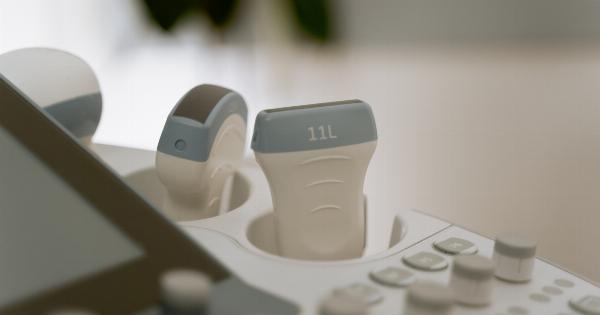Monitoring blood pressure is essential to maintaining good health and preventing the risk of cardiovascular diseases.
However, there are common mistakes that can lead to inaccurate blood pressure readings, which may result in misdiagnosis or inadequate treatment. It is important to be aware of these errors and take measures to avoid them. In this article, we will discuss seven mistakes that can skew your blood pressure results and provide tips on how to overcome them.
1. Poor Cuff Size Selection
Using the wrong cuff size is a common mistake that can significantly affect blood pressure measurements. If the cuff is too small, it can lead to a falsely high reading, while a cuff that is too large can result in a falsely low reading.
To ensure accurate results, it is essential to select a cuff size that fits your arm properly. Measure the circumference of your upper arm and consult with a healthcare professional to determine the appropriate cuff size.
2. Improper Cuff Placement
The placement of the cuff on your arm also plays a crucial role in obtaining accurate blood pressure measurements. Placing the cuff too loosely or not at the level of the heart can lead to inaccurate readings.
It is recommended to position the cuff snugly around your upper arm, approximately an inch above the elbow, with the cuff’s lower edge aligned with the brachial artery. This ensures that the cuff is placed correctly, allowing for accurate blood pressure readings.
3. Failing to Rest Before Measurement
Rushing to measure your blood pressure without first resting can result in elevated readings. Physical activity, stress, or consuming caffeine can temporarily increase your blood pressure.
It is advisable to sit quietly for at least five minutes before taking a measurement to allow your body to relax. Avoid smoking, exercising, or consuming caffeine at least 30 minutes prior to the measurement to obtain accurate and reliable results.
4. Incorrect Arm Position
The position of your arm during blood pressure measurement is crucial for accurate results. Keeping your arm unsupported or at an incorrect height level can cause variations in blood pressure readings.
The American Heart Association recommends sitting with your back straight, feet flat on the ground, and arm supported at heart level. Rest your arm on a table or armrest to maintain the correct position, ensuring reliable measurements.
5. Talking or Moving During Measurement
Talking or moving during blood pressure measurement can produce unreliable readings. Engaging in conversation or fidgeting may cause a temporary elevation in blood pressure. Remain still, quiet, and relaxed throughout the measurement process.
Avoid crossing your legs or talking until the measurement is completed. By doing so, you can minimize any factors that may skew the accuracy of your blood pressure readings.
6. Inadequate Rest Between Measurements
If you need to take multiple blood pressure measurements, it is essential to allow an adequate rest period between readings. Taking consecutive readings without sufficient rest can result in artificially high readings.
Wait for at least one minute before repeating the measurement. This will ensure that the blood vessels in your arm have enough time to recover and provide a more accurate representation of your blood pressure.
7. White Coat Hypertension
White coat hypertension refers to the phenomenon where patients experience elevated blood pressure readings solely in a medical setting due to anxiety or stress related to healthcare visits.
Some individuals may have normal blood pressure outside of a clinical environment but experience varying degrees of high blood pressure during doctor’s visits. To avoid this, consider monitoring your blood pressure at home with a reliable blood pressure monitor, which can provide a more accurate representation of your blood pressure outside of medical settings.
Conclusion
Accurate blood pressure measurement is crucial for assessing and managing your cardiovascular health.
Avoiding these seven mistakes can help ensure accurate results, allowing you and your healthcare provider to make informed decisions regarding your blood pressure management.
Remember to select the appropriate cuff size, place the cuff correctly, rest before measurement, maintain the proper arm position, remain still during readings, allow adequate rest between measurements, and consider monitoring your blood pressure outside of medical settings to mitigate the effects of white coat hypertension. By taking these precautions, you can have confidence in the accuracy of your blood pressure results.






























